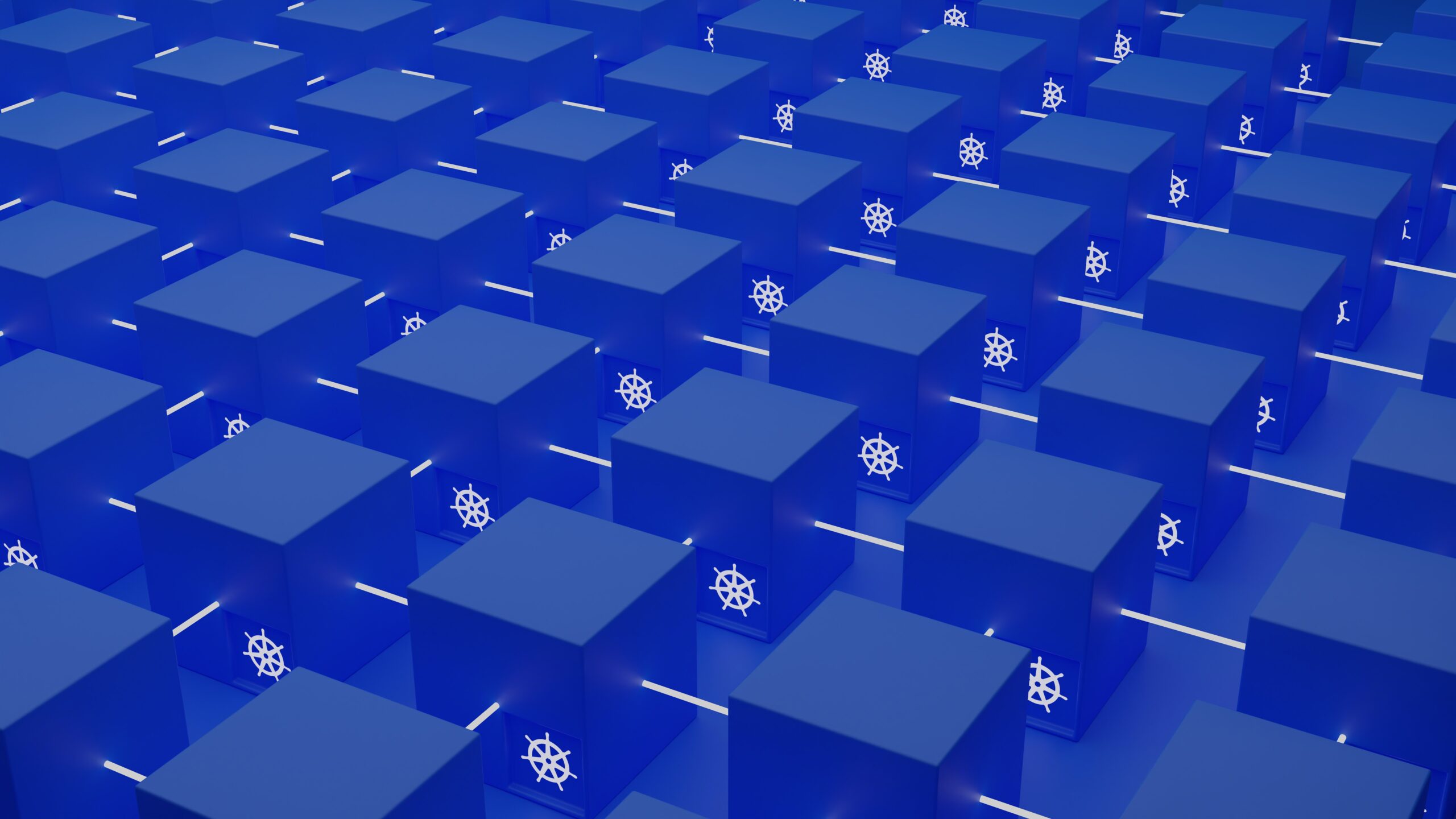Introduction
Microservices architecture has gained significant popularity in recent years due to its ability to build scalable and flexible applications. However, like any development approach, it comes with its own set of challenges. In this blog post, we will discuss some of the common challenges faced during microservices development and explore potential solutions to overcome them.
1. Service Coordination
One of the key challenges in microservices development is coordinating communication between services. As the number of services increases, managing their interactions becomes complex. Service discovery, load balancing, and fault tolerance are crucial aspects that need to be addressed.
Solution: Implementing a service mesh architecture can help in managing service-to-service communication. Service mesh provides a dedicated infrastructure layer to handle service discovery, load balancing, and traffic management. Tools like Istio and Linkerd can be used to simplify service coordination.
2. Data Management
In a microservices architecture, each service has its own database or data store. Managing data consistency and ensuring data integrity across multiple services can be challenging.
Solution: Implementing a distributed transaction management system can help in maintaining data consistency. Tools like Apache Kafka and Apache ZooKeeper can be used to handle distributed transactions and ensure data integrity.
3. Deployment and Scalability
Deploying and scaling microservices can be challenging due to their distributed nature. Ensuring that each service is deployed and scaled correctly can become a complex task.
Solution: Using containerization technologies like Docker and orchestration tools like Kubernetes can simplify the deployment and scaling of microservices. Containerization allows for easy packaging and deployment of services, while orchestration tools automate the management of containers.
4. Monitoring and Observability
Monitoring and debugging microservices can be challenging, especially when dealing with a large number of services and their interactions.
Solution: Implementing centralized logging and monitoring systems can help in tracking the performance and health of microservices. Tools like Prometheus and Grafana can be used to collect and visualize metrics, while distributed tracing systems like Jaeger can help in understanding the flow of requests across services.
5. Security
Securing microservices and their communication is crucial to protect sensitive data and prevent unauthorized access.
Solution: Implementing authentication and authorization mechanisms like OAuth2 and JSON Web Tokens (JWT) can help in securing microservices. Additionally, using encryption and SSL/TLS for communication between services can ensure data confidentiality.
Conclusion
Microservices development offers numerous benefits, but it also comes with its own set of challenges. By understanding these challenges and implementing the appropriate solutions, developers can build robust and scalable microservices architectures. Service coordination, data management, deployment and scalability, monitoring and observability, and security are some of the key areas that need to be addressed during microservices development. By leveraging the right tools and best practices, developers can overcome these challenges and unlock the full potential of microservices.





